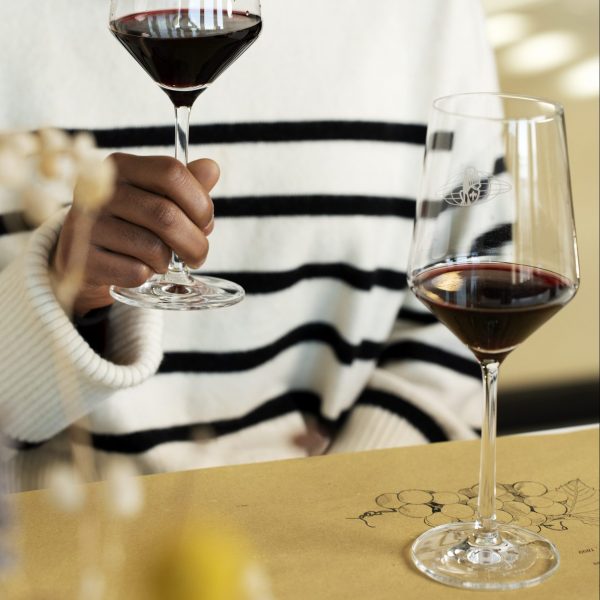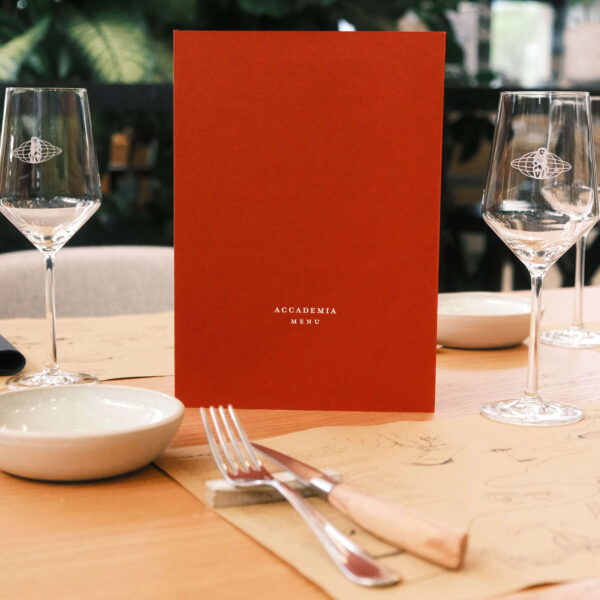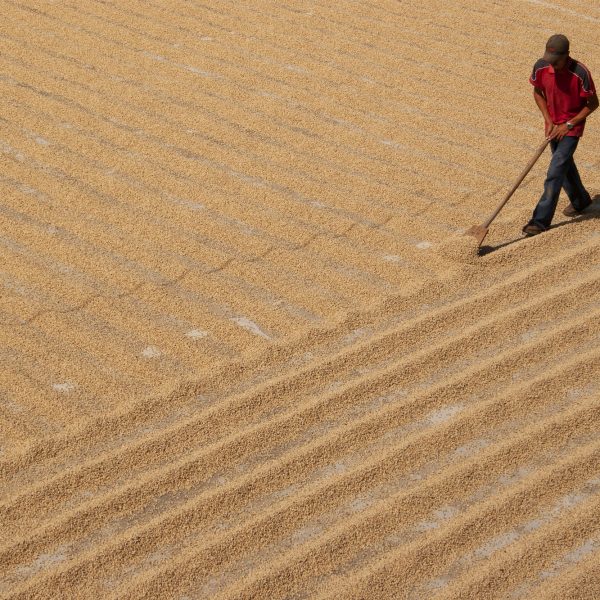Blog
In 1976, I owned a Sandwich shop in Seattle with some friends. There was an espresso machine, but we knew nothing about coffee. However, the roastery we had chosen, The Good Coffee Company, had, I think it still has, an original GS from 1978. This was because a Tuscan gentleman named Mr. Kittay, who lived in Seattle, always gave La Marzocco’s address to anyone asking about coffee.
My passion for coffee developed later. I used to visit Seattle coffee shops with a friend, pretending to be a technician so that I could learn more about the machines. One day, he told me: you know how to work on these machines; we should import them. Let’s go to Italy and look for a manufacturer. I was like, “Wow, yeah!”. it was the 70s; we were hippies. We got an appointment with a company in Veneto.
We arrived in Italy, Barbara Douma, I, and another guy who had a nephew who lived in Florence Leslie, and he wanted to visit her. In 1978, Florence was full of La Marzocco’s espresso machines. The factory was really close, but I didn’t speak Italian, so Leslie helped us with the language barrier. We went to meet Piero, his father Giuseppe, and his uncle Bruno. This was our first time meeting La Marzocco. Before, with Leslie as interpreter, we started importing some espresso machines after this.
When we sold the first one, we thought, “We’re in the business!”.
From 1978, Pian di San Bartolo has been my home in Italy until 2008. I used to go to Italy once a year. I remember the Milan trade fair: Marzocco had a tiny booth, and sometimes you’d be there alone for hours. But every time, I couldn’t wait to arrive and learn from Piero.
My biggest regret is that I didn’t speak much Italian back then. Giuseppe and Bruno didn’t speak English. I learned a lot from them just by being around them and watching how they worked, but I could have learned so much more about the history of espresso in Italy. I had never been in a factory before. It was all new and exciting to me. Like a sponge, I tried to absorb everything, and I was lucky because they took the time.
Speaking of history, I asked Piero if they had any old machines, but he said they had thrown them away. So, when I saw a “Rondine” in a roastery, I bought it and brought it to the factory so they would have something that spoke of their history. Then, I found a two-group Leva machine for our showroom in Seattle; it was the early 1980s.
I worked with Piero. I was a salesman, and Piero was a technician. We traveled the world, and Piero designed and built the machines. Our job was different. For us Americans, milk is part of our diet and our culture, so the cappuccino was very popular, while espresso needed to be better received. So before thinking about selling the machine, we had to promote espresso.
We went to events with a coffee chart. Step by step, a movement was born that grew, and in 1993, we started selling machines to Starbucks. We had to increase production, so Piero and I started looking for a solution. It was 1993, he was already in his sixties, so he was thinking about the next generation, but he had no heirs. I put together a group of investors like in the movies, and like in the movies, they made us an offer we couldn’t refuse. We became owners in 1994; I don’t remember if it was June or July when he came to sign the sale deed; I only remember it was really hot.
In Pian di San Bartolo, we learned what it meant to be a factory and to be a team. Technically, we were the owners of the company, but Piero was always there for us: we opened an assembly workshop in Seattle. A different place from here. Here, the light is wonderful, and the building is beautiful. We are in Tuscany; I remember Bruno still making the machines and Piero’s father. Seattle was a “colder” factory; we only made three and four groups for Starbucks. Here I remember Roberto Pettinelli singing opera while we had rock music at the Seattle factory.
But here, things were done by hand; there, we did things more mechanically because we just had to produce as much as possible; there was no history. But I always enjoyed the dimension of the factory, even in Seattle. It was a different but still a positive experience. It was a fantastic group of people, and it was really interesting to have foreign people in the group who had their own culture and coffee culture. In Seattle, we did a lot of welding and also research and development.
Here in Italy, we had to understand Piero’s instructions on how to build the machines. We had different ideas; I remember many negotiations on how to evolve projects. Working together can be challenging. We started thinking about a machine for home.
It would have been a dream to have at home the quality of a professional La Marzocco. Because in the kitchen, we had a one-group GS. And then we also needed an excellent professional grinder. So, it was a huge commitment. No one thought a home machine was a good idea. We had to keep studying and learning things, for example, about water and how espresso machines were used in places with high volumes of work. It required continuous work in close contact with the market to ensure we provided equipment that really worked for their customer and made them reliable in terms of coffee quality.
In the US, they steamed a lot of milk, and the first GS machines we imported didn’t have an automatic filling, risking burning the element. Baristas in America at that time learned only how to make drinks. Sometimes, the machine would run out of water, but the heating in the boiler would keep working, the boiler would fill with cold water, and the steel would crack. Some would end up putting milk into the boiler, which would get ruined and need to be replaced. We learned, but in the most brutal way, there was no other training except coming directly to the factory. There were no books.
When Starbucks changed suppliers, we closed the factory in Seattle and brought everything back to Pian di San Bartolo. We bought the factory on the condition of continuing to make high-quality machines while keeping the name, the factory, and the people in Florence. A moral commitment before even a legal or philosophical one. And it happened that the baristas who had worked at Starbucks on La Marzocco gave birth to a new generation of coffee shops where they installed our machines. We were lucky. We understood the importance of not having just one big client. After this experience, I understood why Piero and his family didn’t want to risk it. They had already faced these economic problems. It was tough, but we survived, and then 2008 came, which was a difficult time for everyone in the world.
I had good partners; I couldn’t have done all this by myself. My first partner was a woman; she worked on the machines and did training and installations. Leslie was an essential part of this story as well, and Isa Brown and Barbara Douma… Then we welcomed John Blackwell, Joe Monaghan, Pat Lorrace, and other people, and we worked together as a team. And the partnership with Piero and the people here, first as customers and then working directly with those who bought the machine.
We installed them and performed the service because there were no other technicians. So you develop a very close relationship with the customer. You listen to their problems and complaints.
I have so many memories here. Some are funny, and others are moments that build my character. Every time I come here, I find memories of the past, but I enjoy it because we build memories of the future.



